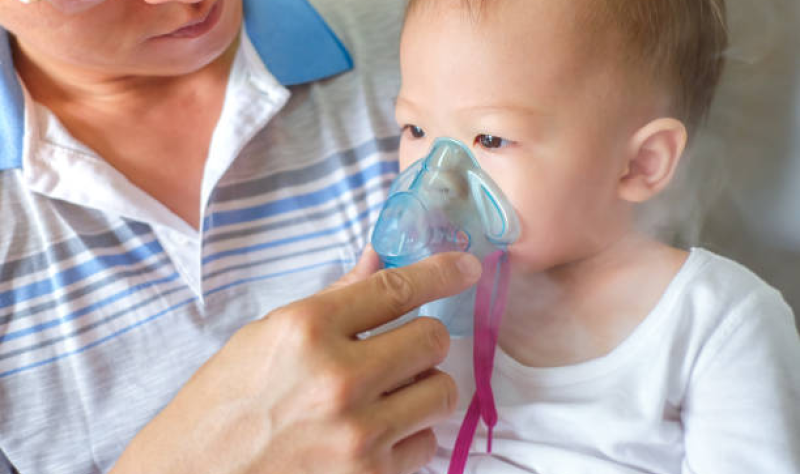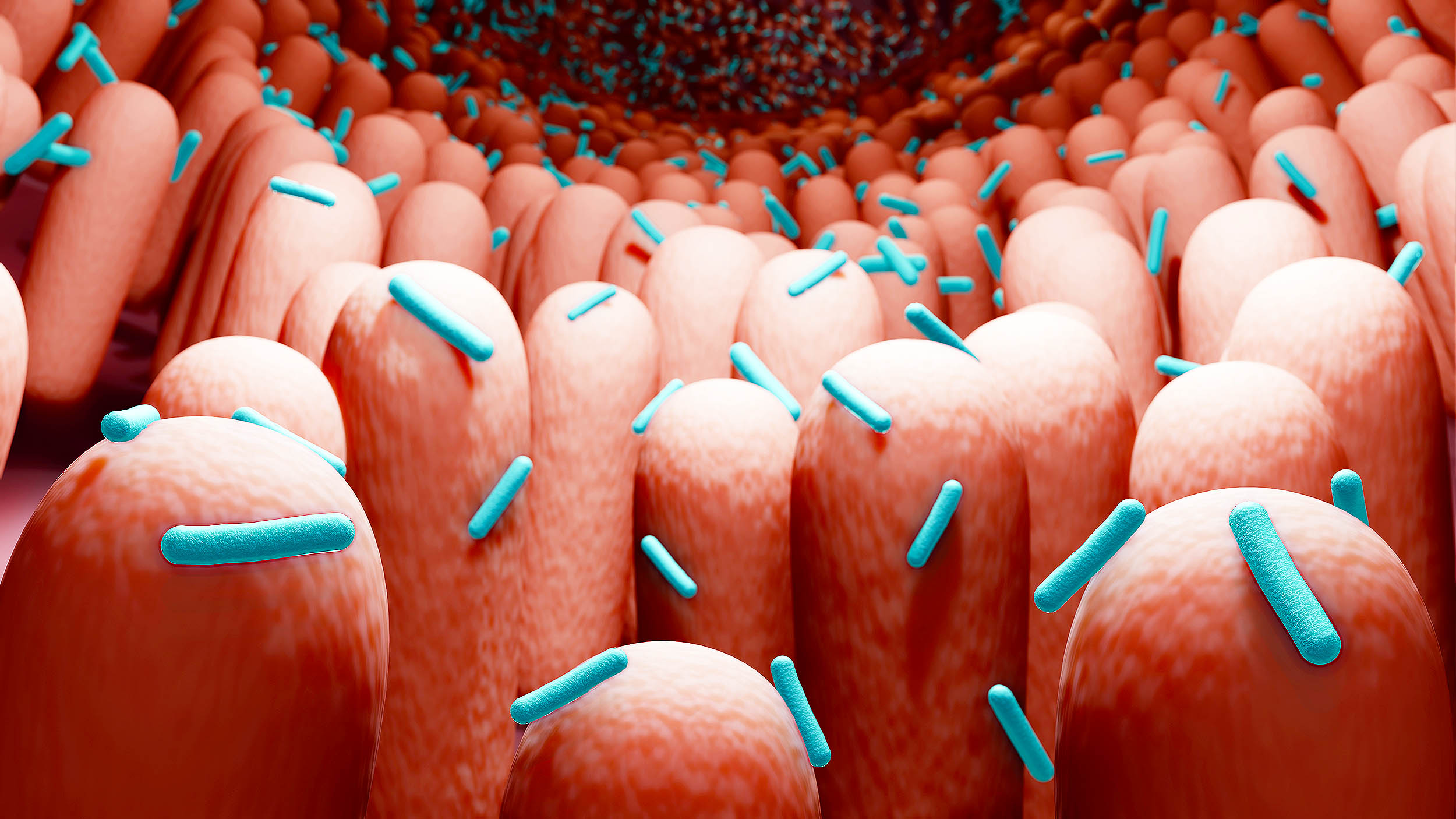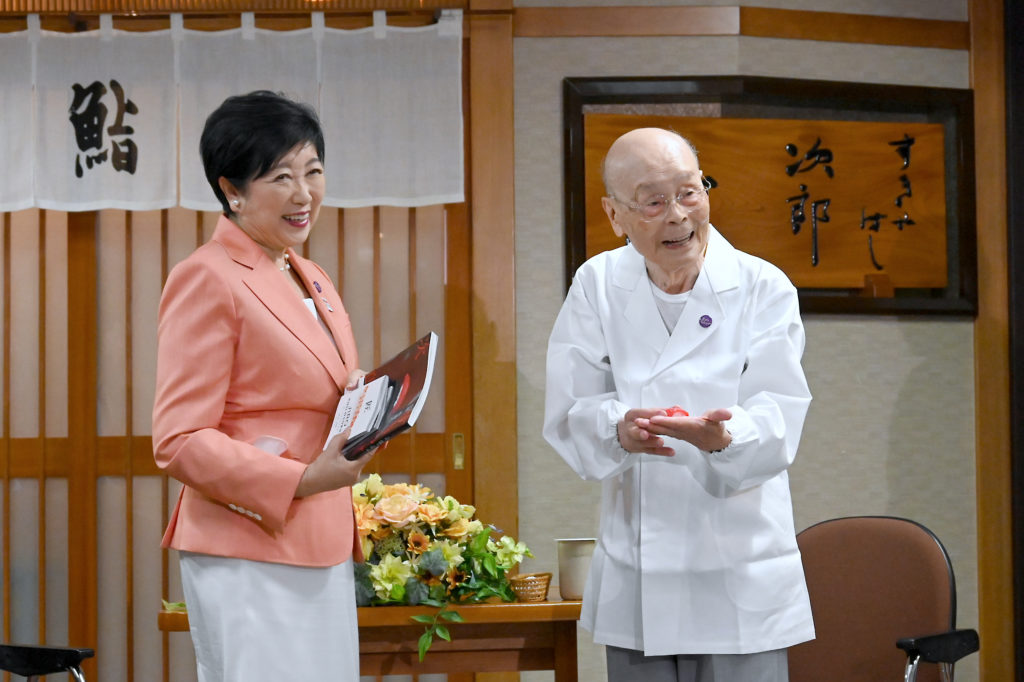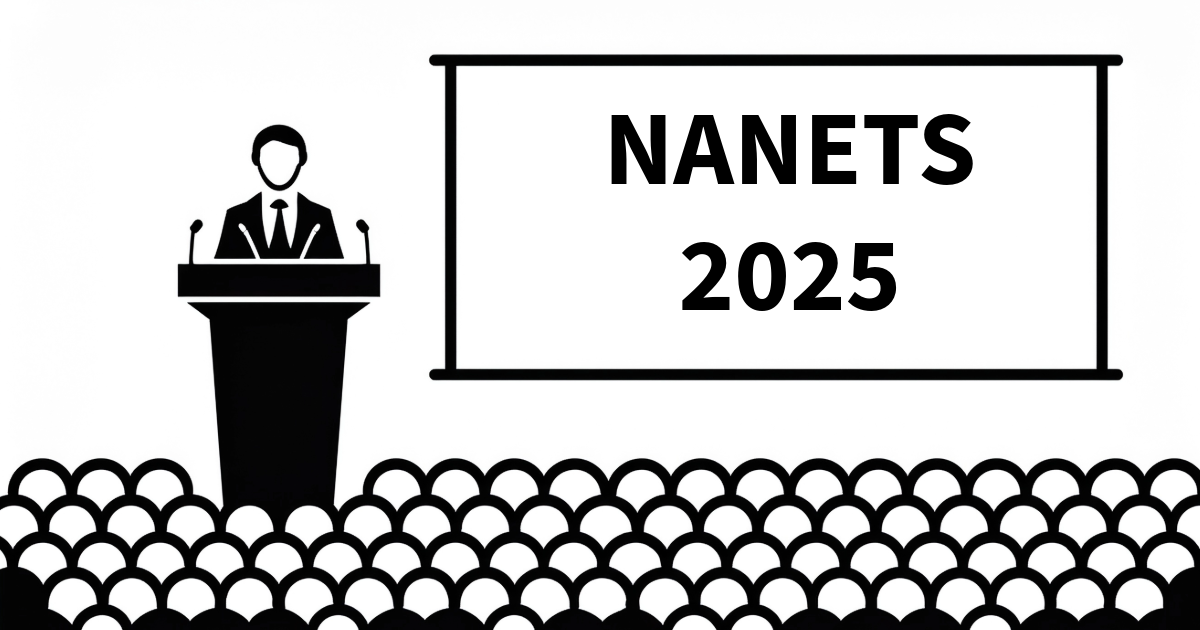- Nanopore Metagenomics Gets Real-Time Analysis with MARTi Software Genetic Engineering and Biotechnology News
- New software tool fast-tracks identification and response to microbial threats Phys.org
- Revolutionary Software Tool MARTi Accelerates…
Blog
-
Nanopore Metagenomics Gets Real-Time Analysis with MARTi Software – Genetic Engineering and Biotechnology News
-

Counter-Rhythmic Pulses: Onyeka Igwe, Jyoti Mistry, Christian Nyampeta – Events
Born in Durban, South Africa in 1970, Jyoti Mistry works with film as an interplay between cinematic traditions and installation art. Her films have screened at festivals including Toronto, Winterthur, Rotterdam and Durban and in exhibitions at…
Continue Reading
-

New data show hefty primary care RSV burden in young kids, older adults
Two Dutch studies evaluating rates of respiratory syncytial virus (RSV) infection in younger and older age-groups reveal substantial primary-care burdens in both.
Youngest children most affected
The adjusted pooled incidence of RSV among preschool…
Continue Reading
-

Hilary Duff Teases Music Return, Timeline for First Album in 10 Years
The actress signed with Atlantic Records in September ahead of her first album in a decade
The decade-long wait for Hilary Duff‘s return to the music scene will come to an end sooner than fans think, the actress teased…
Continue Reading
-

New virus-like life forms found in the human body: “It’s insane”
Humans carry around a busy community of microbes that help run daily life. This microbiome breaks down food, trains the immune system, and competes with germs.
Scientists just spotted something unexpected inside those communities: tiny circular
Continue Reading
-
Just a moment…
Just a moment… This request seems a bit unusual, so we need to confirm that you’re human. Please press and hold the button until it turns completely green. Thank you for your cooperation!
Continue Reading
-
Just a moment…
Just a moment… This request seems a bit unusual, so we need to confirm that you’re human. Please press and hold the button until it turns completely green. Thank you for your cooperation!
Continue Reading
-

Japan’s sushi legend Jiro Ono turns 100 and is not ready for retirement
TOKYO (AP) — Japanese sushi legend Jiro Ono won three Michelin stars for more than a decade, the world’s oldest head chef to do so. He has served the world’s dignitaries and his art of sushi was featured in an…
Continue Reading
-

Lundquist Institute researcher awarded NIH funding to advance ICU care for critically ill patients
The Lundquist Institute is proud to announce that Dong Chang, MD, MS has been awarded a prestigious R01 grant from the National Institutes of Health (NIH)/National Institute on Aging, totaling $3,163,459, for his groundbreaking…
Continue Reading
-

COMPETE Trial: ITM-11 Tops Everolimus for GEP-NET PFS and OS | Targeted Oncology
Final analysis from the
phase 3 COMPETE trial (NCT03049189) demonstrated that ITM-11 (177Lu-edotretide) met its primary and secondary end points in patients with gastroenteropancreatic neuroendocrine tumors (GEP-NETs) compared with everolimus. Data were presented at the 2025 European Society for Medical Oncology (ESMO) Congress on October 18, 2025, by Jaume Capdevila, MD, PhD, Vall d’Hebron University Hospital, and at theNANETS Symposium on October 25.1The primary end point was progression-free survival (PFS), which was reached with statistically significant and clinically meaningful improvement. The median PFS was significantly longer in patients administered ITM-11 compared to those administered everolimus. The secondary end point of the trial was overall survival (OS), which was also identified to be higher in patients who were administered ITM-11 vs everolimus.2
There was a total of 207 patients in the ITM-11 group and 102 patients in the everolimus group. The median ages of both groups were 65 (ITM-11), and 61 (everolimus). Majority of patients in both groups were male. The majority of patients had grade 2, nonfunctional GEP-NETs and had received prior therapy.
COMPETE Trial Findings
COMPETE met its primary end point of PFS, which proved to be significantly longer in patients treated with ITM-11 vs everolimus. The central assessment was 23.9 vs 14.1 months (HR, 0.67; 95% CI, 0.48–0.95; P =.022).The local assessment was 24.1 vs 17.6 months (HR, 0.66; 95% CI, 0.48–0.91] P =.010;).
In the subgroup analysis of PFS by tumor origin, mPFS was found to be numerically longer in GE-NETs and P-NETs in the ITM-11 arm. In GE-NETs the mPFS was 23.9 vs 12 months (HR 0.64, 95% CI, 0.38–1.08; P =.090;). In P-NETs the mPFS was 24.5 vs 14.7 months (HR, 0.70, 95% CI, 0.45–1.09; P =.114;).
It was also identified that mPFS was numerically longer in grade 1 and significantly longer in grade 2 tumors in the ITM-11 arm. Grade 1 was 30 vs 23.7 months (HR, 0.89, 95% CI, 0.42–1.8; P =.753;), and grade 2 was 21.7 vs 9.2 months (HR 0.55l 95% CI, 0.37–0.82] P =.0003).
In exploring PFS by prior therapy, it was identified that mPFS was numerically longer in the first line and significantly longer in the second line in the ITM-11 arm. First line data showed the mPFS was not reached in the ITM-11 vs 18.1 months (HR, 0.60, 95% CI, 0.25–1.45; P =.249), and second line data showed 23.9 vs 14.1 months (HR, 0.68; 95% CI, 0.47–0,98] P=.039).
Overall response rates (ORR), one of the secondary end points of the trial, was found to be significantly higher in the ITM-11 arm. Central assessment was 21.9% vs 4.2% (P <.0001), and local assessment was 30.5% vs 8.4% (P <.0001).
Safety Profile
Adverse events (AEs) related to the drug study were experienced by 82% of patients ITM-11 group and 97% of patients in the everolimus group. The most common AEs reported were nausea (30% vs 10.1%), diarrhea (14.3% vs 35.4%), asthenia (25.3% vs 31.3%), and fatigue (15.7% vs 15.2%). These AEs were expected based on the known safety profile of ITM-11.2
AEs leading to premature study discontinuation were 1.8% vs 15.2% among both groups, respectively, dose modification or discontinuation were 3.7% vs 52.5%, and patients with delayed study drug administration due to toxicity was 0.9% in the ITM-11 group and 0% in the everolimus group.2
Dosimetry data showed targeted tumor uptake with low exposure to healthy organs, with normal organ absorbed doses well below safety thresholds.
Patient Characteristics
Patient inclusion criteria included being 18 or older, having well-differentiated, nonfunctional GE-NET or functional/nonfunctional P-NET; grade 1/2 unresectable or metastatic, progressive, SSRT-positive disease; and being treatment-naive to first-line therapies or progressing under prior second-line therapies.1,2
Morphologic imagining was conducted in 3-month intervals. The PFS follow-up was done every 3 months after the first 30 days. Long-term follow-up was done every 6 months.
“With these data combining extensive dosimetry information from more than 200 patients included in a prospective trial, ITM is laying the groundwork for improved therapeutic decision-making by providing important insights into tumor uptake and treatment variability,” Emmanuel Deshayes, MD, PhD, professor in biophysics and nuclear medicine at the Montpellier Cancer Institute in France, said in a news release.2 “It may offer clinically meaningful implications for optimizing individualized patient management.”
Dosimetry data from COMPETE shaped the design of ITM’s phase 3 COMPOSE (NCT04919226)4 trial with ITM-11 in well-differentiated, aggressive grade 2 or grade 3 SSTR-positive GEP-NET tumors, as well as the upcoming phase 1 pediatric KinLET (NCT06441331) study in SSTR-positive tumors.
DISCLOSURES: Capdevila noted grants and/or research support from Advanced Accelerator Applications, AstraZeneca, Amgen, Bayer, Eisai, Gilead, ITM, Novartis, Pfizer, and Roche; participation as a speaker, consultant, or advisor for Advanced Acclerator Applications, Advanz Pharma, Amgen, Bayer, Eisai, Esteve, Exelixis, Hutchmed, Ipsen, ITM, Lilly, Merck Serono, Novartis, Pfizer, Roche, and Sanofi; position as advisory board member for Amgen, Bayer, Eisai, Esteve, Exelixis, Ipsen, ITM, Lilly, Novartis, and Roche; and a leadership role and chair position for the Spanish Task Force for Neuroendocrine and Endocrine Tumours Group (GETNE).
REFERENCES:
1. Capdevilla J, Amthauer H, Ansquer C, et al. Efficacy, safety and subgroup analysis of 177Lu-edotreotide vs everolimus in patients with grade 1 or grade 2 GEP-NETs: Phase 3 COMPETE trial. Presented at: 2025 ESMO Congress; October 17-20, 2025; Berlin, Germany. Abstract 1706O
2. ITM presents dosimetry data from phase 3 COMPETE trial supporting favorable efficacy and safety profile with n.c.a. 177Lu-edotreotide (ITM-11) in patients with gastroenteropancreatic neuroendocrine tumors at EANM 2025 Annual Congress. News release. ITM. October 8, 2025. Accessed October 18, 2025.
https://tinyurl.com/3nuscs4m 3. Lutetium 177Lu-Edotreotide versus best standard of care in well-differentiated aggressive grade-2 and grade-3 gastroenteropancreatic neuroendocrine tumors (GEP-NETs) – COMPOSE (COMPOSE). ClinicalTrials.gov. Updated September 10, 2025. Accessed October 18, 2025.
https://www.clinicaltrials.gov/study/NCT04919226 4. Phase I trial to determine the dose and evaluate the PK and safety of lutetium Lu 177 edotreotide therapy in pediatric participants with SSTR-positive tumors (KinLET). ClinicalTrials.gov. Updated September 19, 2025. Accessed October 18, 2025.
https://www.clinicaltrials.gov/study/NCT06441331 Continue Reading